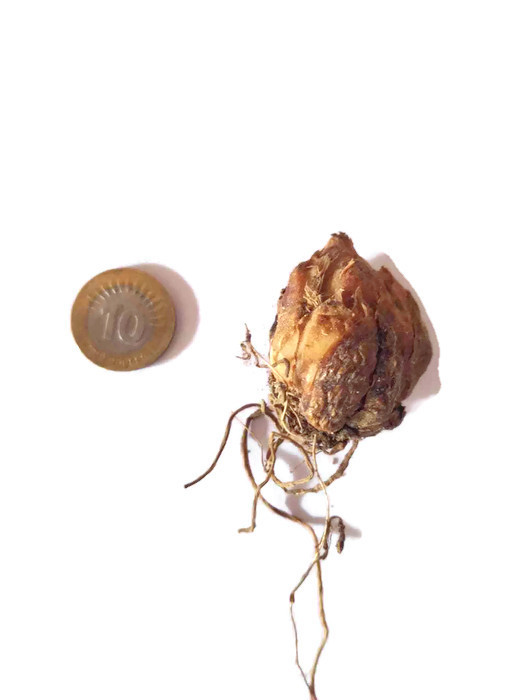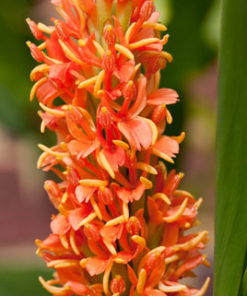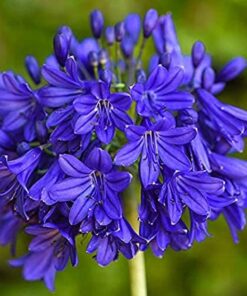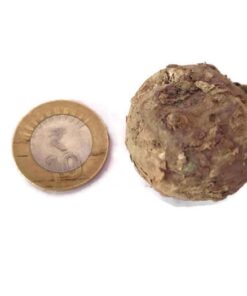Tiger lily bulb pack of 2 bulb
₹247.00
Out of stock
Email when stock available
Tiger lily bulb bears large, fiery orange flowers covered by spots. The name tiger probably refers to the spots on the petals.
The flowers of this perennial can grow up to three inches in width. The Tiger Lily is also known as the Ditch Lily as it is found in and around ditches in large parts of America.
Tiger bulbs are very soft
- The Oriental Variety: Propagates through bulbs that form at leaf axils.
- The Common Wildflower Variety: Propagates by tuberous roots.
-
Tiger lily bulb Growing Tiger Lily
Due to its wild growing nature, the Tiger Lily is incredibly easy to grow. Tiger lilies thrive well in moist to wet soils and hence grow well near the ditches. Early to mid-autumn is the best time to plant out the bulbs in cool temperate areas, in warmer areas they can be planted out as late as late autumn. The Tiger Lily is sterile and does not produce seeds. They can, however, be propagated through the bulbils (small bulbs) that grow in the axils of the leaves. Bulb scales can be removed from the bulbils and grown in moist peat in a cool dark place until they produce bulbets. They can be then grown in a nursery and later planted outside.
Taking care of Tiger Lily
The Tiger Lily does not require any special care. Fertilizers are needed only in the poorest of soils. Tiger lilies can be sometimes attacked by slugs or lily beetles. You can grow the tiger lily in raised pots or use biological controls to keep the slugs at bay. The beetles can be removed by hand.
Tiger lily bulb is known by a host of different names in different parts of the world. Some of the synonyms are: Lilium tigrinum, Devil Lily, Kentan, Lilium lancifolium, Leopard Lily, Pine Lily, Lilium catesbaei, Columbia lily, Oregon Lily, Western Wood Lily, Chalice-Cup Lily, Western Red Lily, etc.
Facts About The Tiger Lily
- The Tiger Lily was first described by the famous Swedish botanist Carl von Linne (Linnaeus) in 1753.
- The Tiger Lily has significant medicinal use. A tincture is made from the fresh plant and has proved of great value in uterine-neuralgia, congestion and irritation, also in the nausea and vomiting of pregnancy.
- Tiger Lily flower essence helps in suppressing aggressive tendencies in individuals and helps in holistic healing.
- Tiger Lily can often act as a carrier of viral diseases and so becomes a vector infecting other species. It is therefore better to grow this species well away from your other lilies
- Tiger Lily has some toxic effects on cats. It can produce vomiting, in appetence, lethargy, kidney failure, and even death.
- Tiger Lily has edible flower buds apart from edible roots and shoots. These can often have a bitter flavor. When baked, lily bulbs taste rather like potatoes.
- The best place to find dried Tiger Lily buds is in an Asian market. Look for soft buds and store well in a cool, dry place. Tiger Lily buds must be soaked in warm water for about 30 minutes to soften them before adding them to the dishes. The tough stem attached to them should be removed. Besides adding to Chinese dishes, they can enhance the flavor of egg dishes and salads.
- There is an old legend from Asia about the Tiger Lily. A Korean hermit helped a wounded tiger by removing an arrow from its body. The tiger asked the hermit to use his powers to perpetuate their friendship after his death. The hermit agreed and when the tiger died, his body became a tiger lily. Eventually the hermit drowned and his body was washed away. The Tiger Lily spread everywhere searching for its friend.
- There is a superstition that smelling a Tiger Lily will give you freckles.
- The Tiger Lily stands for wealth and prosperity.
- The Tiger Lily, has six stamens (composed of anthers and filaments), one pistil (composed of the stigma, style and ovary), a long style, and a three-lobed stigma.
Add a review Cancel reply
You must be logged in to post a review.

















1 review for Tiger lily bulb pack of 2 bulb